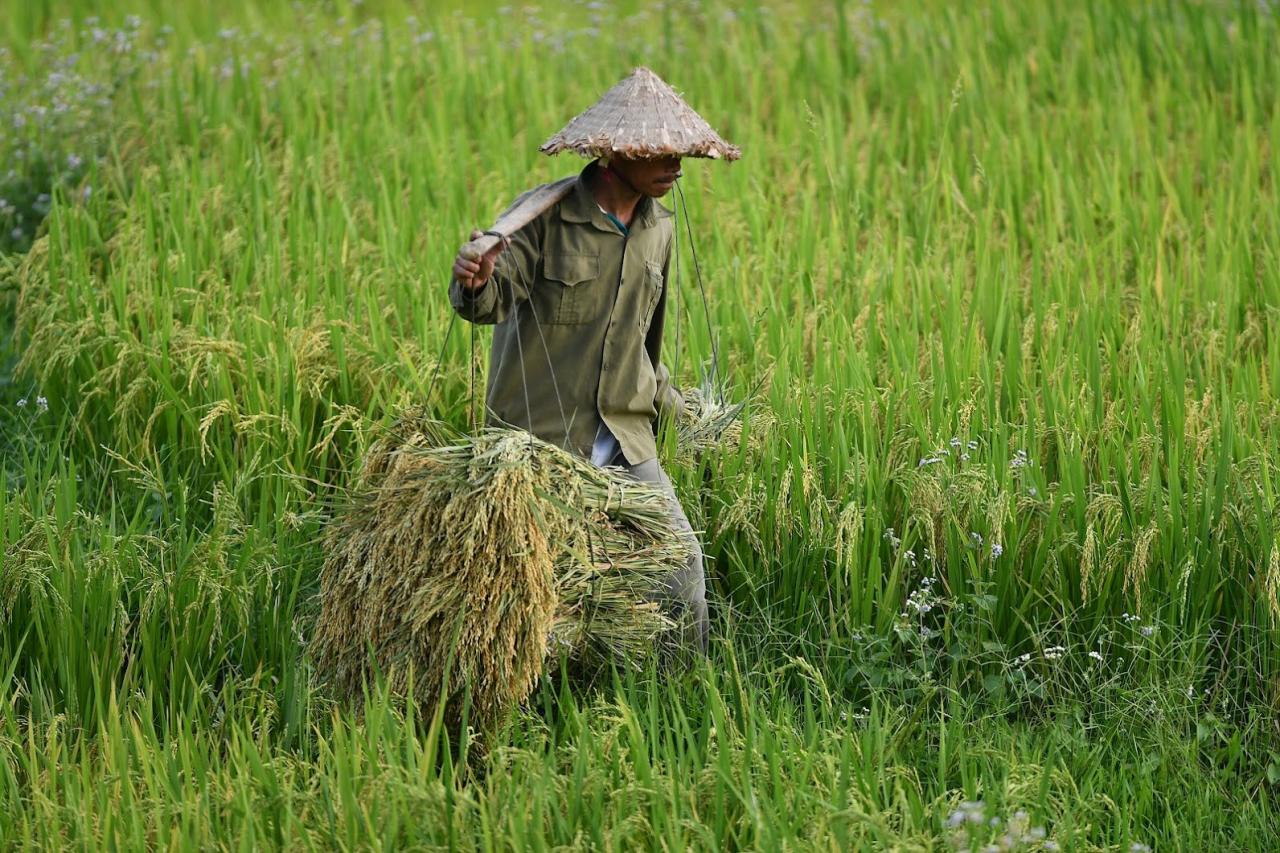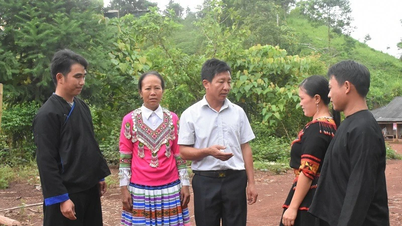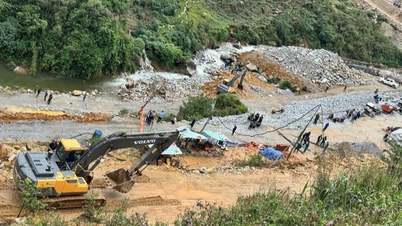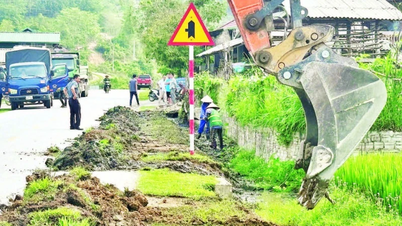Mr. Nguyen Nhu Cuong, Director of the Department of Crop Production ( Ministry of Agriculture and Rural Development ) said the above at a regular press conference this afternoon, August 1.
Mr. Nguyen Nhu Cuong informed that this year, the area of autumn-winter rice production in the Mekong Delta increased by 50 thousand hectares compared to the plan at the beginning of the year (up to 700,000 hectares), to contribute to seizing the opportunity of rising rice prices.

Vietnam is seizing the opportunity to export when rice prices are high.
“This is an opportunity for us. Therefore, yesterday, the Ministry of Agriculture and Rural Development advised the Prime Minister to issue a Directive to increase rice exports in the current context. Ministries, sectors and localities focus on technical and administrative solutions to increase our export volume,” said Mr. Cuong.
The leader of the Department of Crop Production informed: Last year, our country's rice output was 42.7 million tons, of which 7.13 million tons of rice were exported. This year, the estimated rice output is over 43.1 million tons, even 43.2 million tons, so of course we can export more than last year's record.
Rice exports will not affect domestic supply, but there is a psychological problem that causes rice prices to increase to a certain extent.
"Currently, there is only one rice crop every 90 days, so we can be completely assured about food security, as well as seize the best opportunity for export," Mr. Cuong affirmed.
As VietNamNet reported, following India, on July 29, Russia announced a temporary suspension of rice exports from now until the end of this year to support the domestic market. This ban does not apply to member countries of the Eurasian Economic Union as well as Abkhazia and South Ossetia. In addition, rice can still be sent abroad for humanitarian purposes.
A day earlier, the Ministry of Economy of the United Arab Emirates (UAE) also decided to stop exporting rice for 4 months.
Currently, neither Russia nor the UAE are among the world’s top 10 rice exporters. However, the implementation of export bans by these two countries, along with India (which accounts for 40% of the world’s rice exports) announcing a ban on all exports of regular rice, has further shaken up the global rice market.
In the market, Vietnamese and Thai rice prices increased to the highest level in the past decade.
As of July 27, the export price of 5% broken rice from Vietnam was traded at 558 USD/ton, up 25 USD/ton compared to July 19 (the trading session before India banned rice exports on July 20). 25% broken rice also increased from 513 USD/ton on July 19 to 538 USD/ton on July 27.
At that price, our country's 5% broken rice and 25% broken rice exports increased by 35.1% and 36.8% respectively compared to the same day last year.
vietnamnet.vn



![[Photo] More than 17,000 candidates participate in the 2025 SPT Competency Assessment Test of Hanoi National University of Education](https://vphoto.vietnam.vn/thumb/1200x675/vietnam/resource/IMAGE/2025/5/17/e538d9a1636c407cbb211b314e6303fd)

![[Photo] Readers line up to visit the photo exhibition and receive a special publication commemorating the 135th birthday of President Ho Chi Minh at Nhan Dan Newspaper](https://vphoto.vietnam.vn/thumb/1200x675/vietnam/resource/IMAGE/2025/5/17/85b3197fc6bd43e6a9ee4db15101005b)

![[Photo] Prime Minister Pham Minh Chinh chairs meeting on science and technology development](https://vphoto.vietnam.vn/thumb/1200x675/vietnam/resource/IMAGE/2025/5/17/ae80dd74c384439789b12013c738a045)


















![[Photo] Nearly 3,000 students moved by stories about soldiers](https://vphoto.vietnam.vn/thumb/1200x675/vietnam/resource/IMAGE/2025/5/17/21da57c8241e42438b423eaa37215e0e)







































































Comment (0)